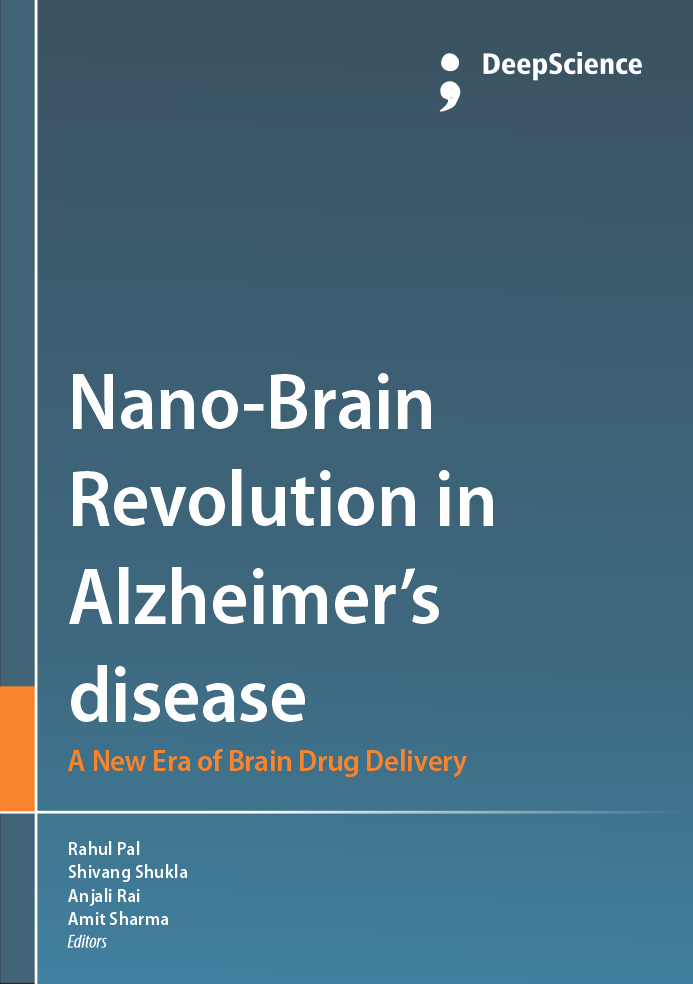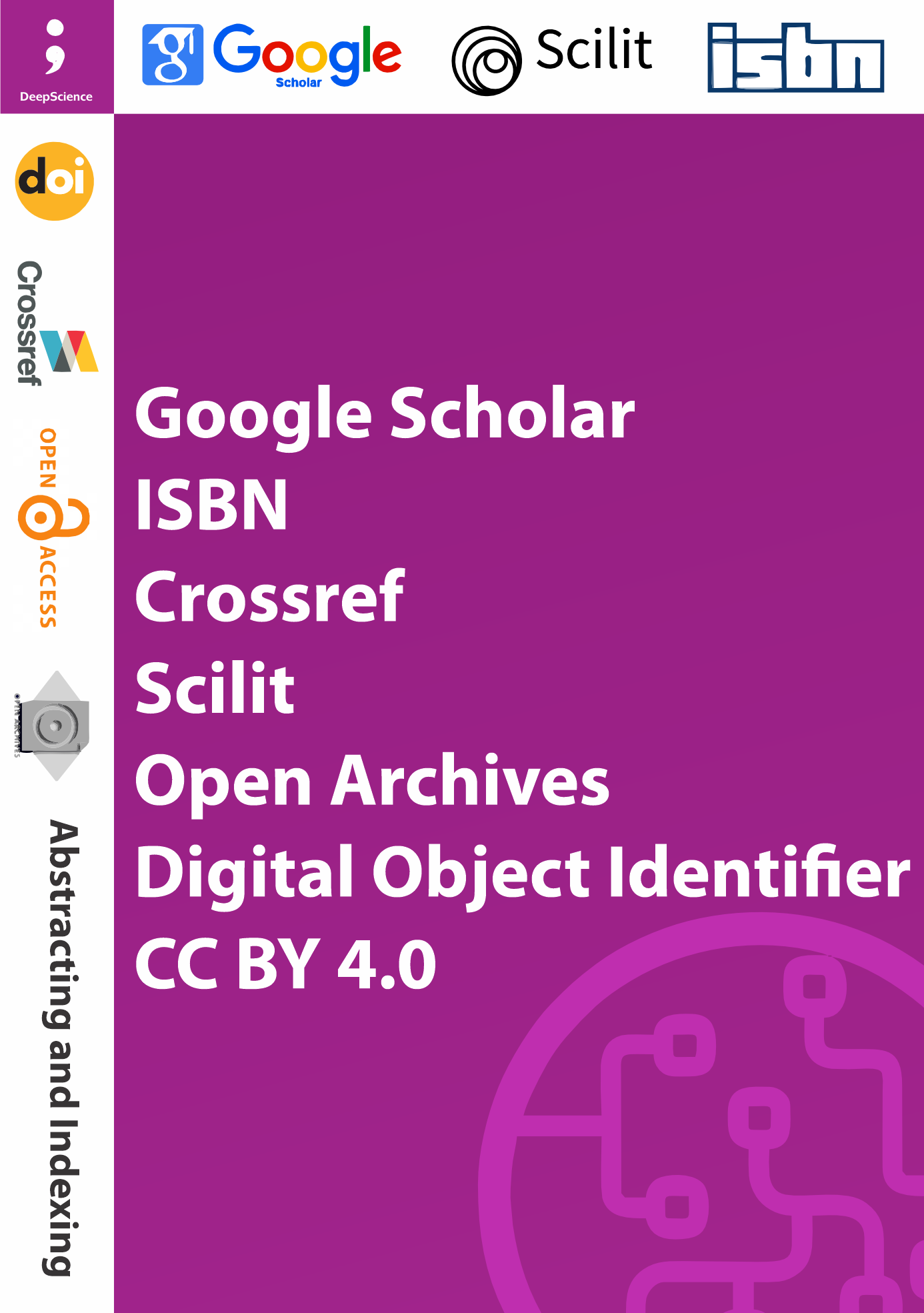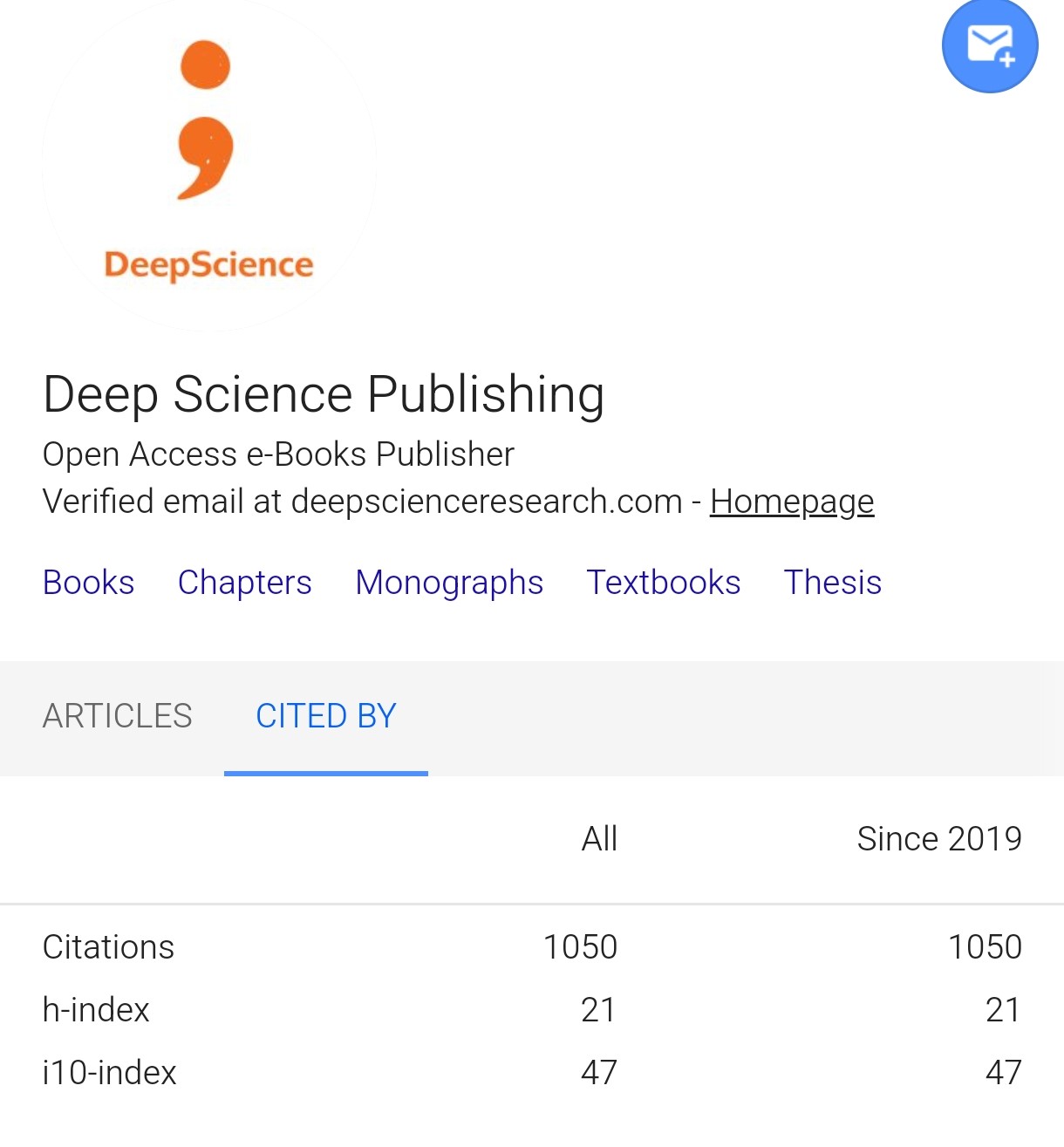Overcoming the Blood-Brain Barrier (BBB): Role of Nanocarriers in Targeted Drug Delivery
Synopsis
An important physiological barrier that protects the central nervous system (CNS) is the blood-brain barrier (BBB), which drastically limits access of therapeutic compounds to the brain. Neurological diseases such as Alzheimer's disease, Parkinson's disease, and brain tumors are very challenging due to the fact that nearly all of the large molecule drugs and greater than 98 percent of the small molecule drugs cannot pass through the blood-brain barrier. Nanocarrier-based drug delivery mechanisms can overcome this roadblock in a revolutionary manner. Drug solubility, stability, and selective delivery across the brain barrier are enhanced by numerous nanocarriers, to mention a few, liposomes, polymeric nanoparticles, dendrimers, micelles, and solid lipid nanoparticles. Methods, such as chemical modification, receptor-mediated transport, and the use of extrinsic stimuli (e.g., magnetic fields or ultrasound), have been shown to be promising for increasing the permeability of the BBB. Also, biomimetic designs, in combination with smart, stimuli-responsive nanocarriers, make it possible to achieve Site-specific and regulated medication release. The emerging technologies, such as the BBB-on-a-chip models and artificial intelligence, assist in the prediction accuracy and translatability in nanocarrier design. The potential benefits of nanotechnology are immense in terms of promoting CNS medicines but this potential comes with the hurdles that are drug toxicity, scaling, and regulation.













